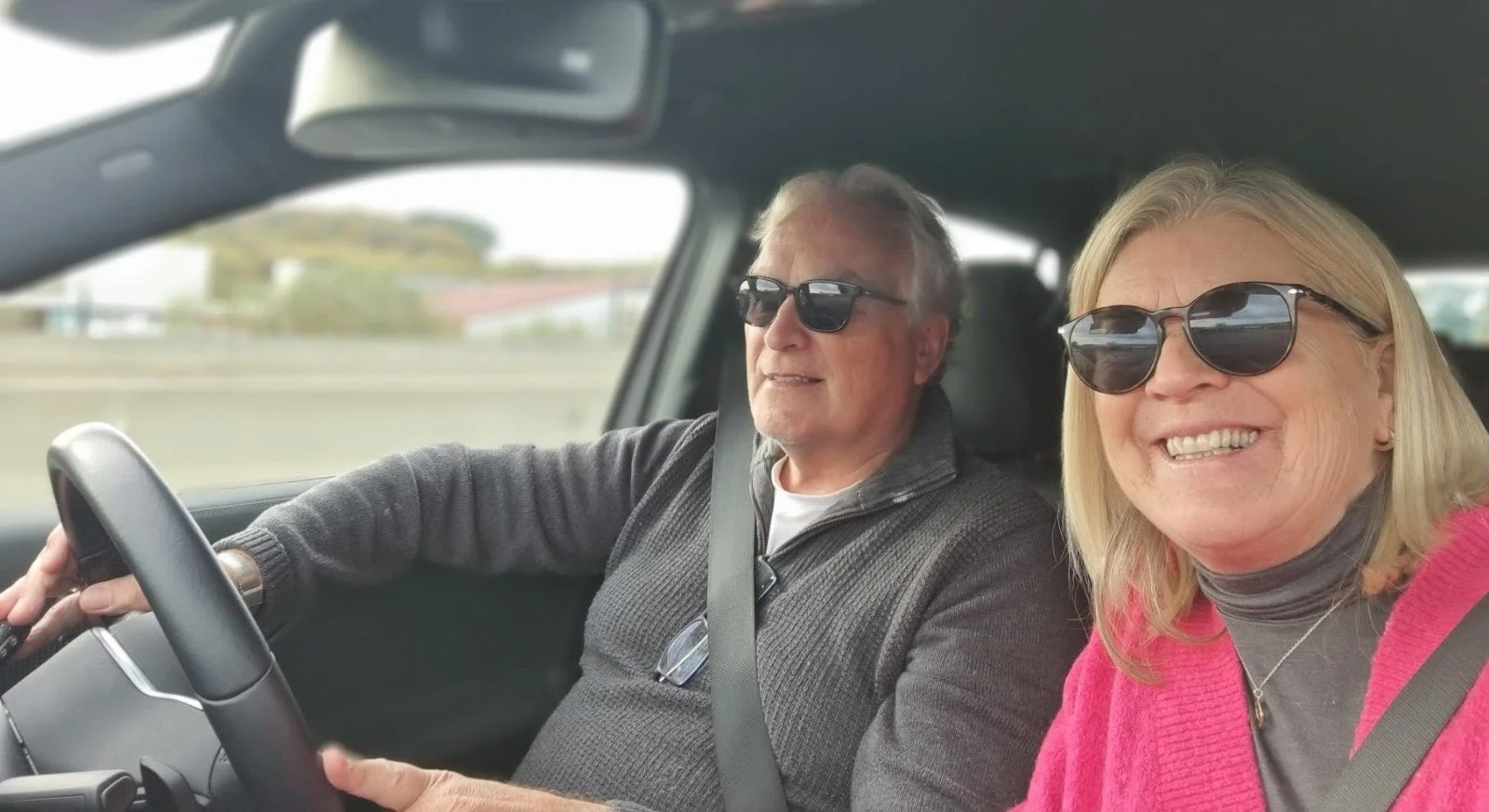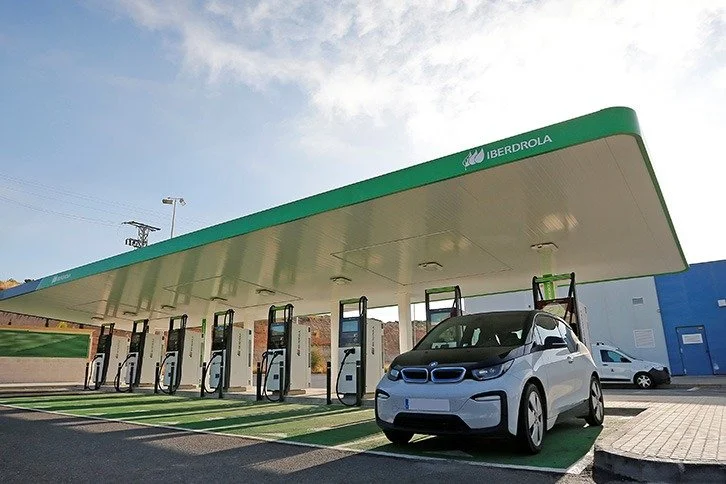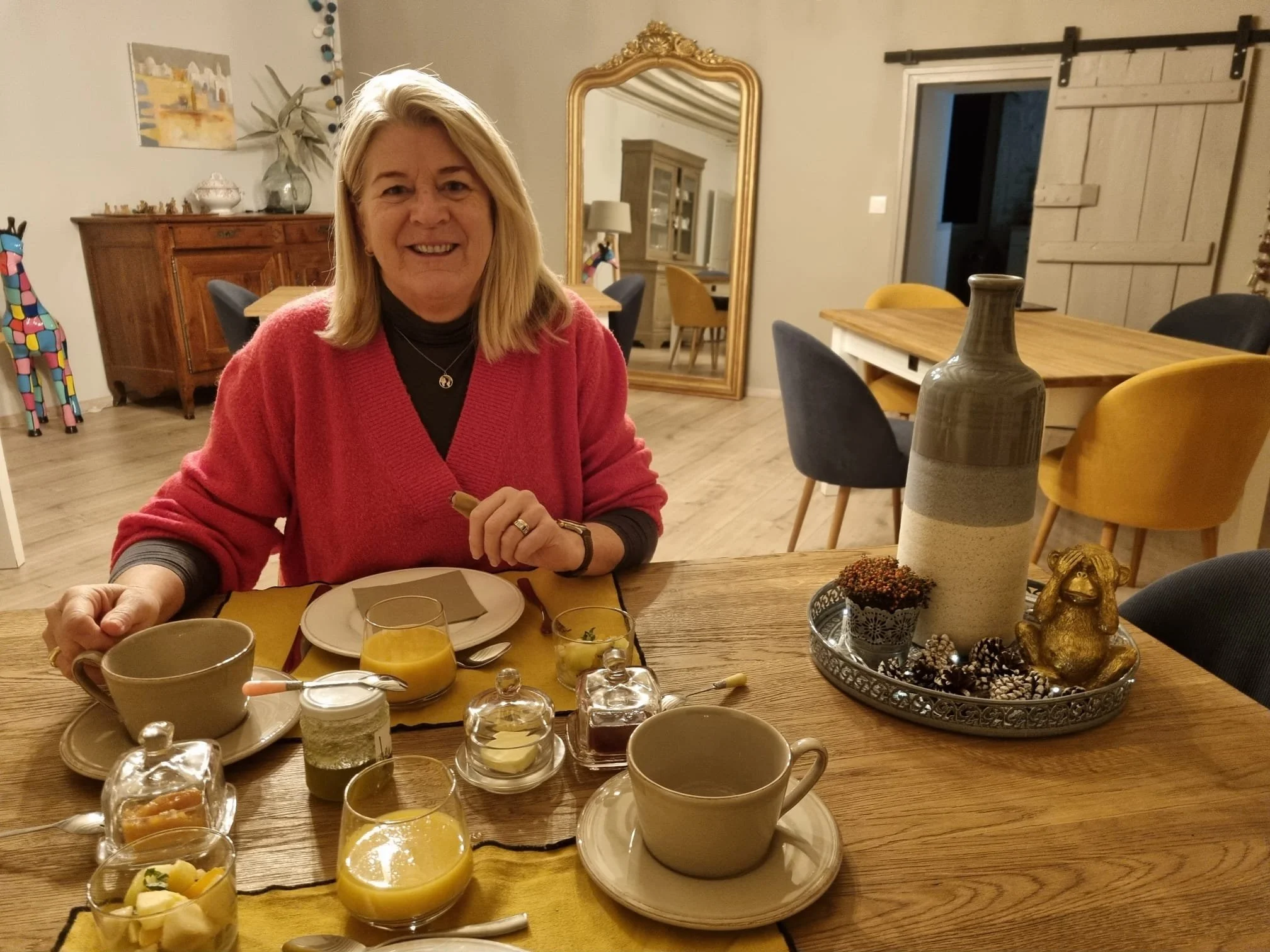3 Learnings from our European Electric Vehicle Trip - Part I (2022)
Sharing our 2022 learnings with anyone who is planning a European road trip in an electric vehicle, with the knowledge that EV infrastructure will continue to improve over time as countries continue to move off fossil-fuel based transportation. This view is looking at Belgium, France and Spain. As we take other trips, we will update our learnings.
My husband and I (60+) now divide our time between The Hague, The Netherlands and Mijas Costa on the Costa del Sol, Spain. In November 2022, we embarked on our first ever drive from NL to Spain in our Mercedes EQA (range of 380km). After hours researching and mapping our trip ahead of departure, we opted to spend three days: getting beyond Paris (to avoid morning traffic) for night 1, get to south of Madrid for the same reason for night 2 and then onto our destination. Our Plan originally envisioned us sharing the driving and navigating responsibilities and spending no more than 12 hours a day driving/charging: read on to hear how that went for us!
A couple of helpful pre-planning sites:
EV Expert-understanding the different type of charging options
How to Maximise EV Range (Great article!)
A Better Route Planner – preferred this planner
PolarSteps – this is a fun app – logging each stop, our learnings, photos, restaurant links and journal for our entire trip – still using it as we write this. It is a (private or public-you decide) platform for sharing your trip progress with friends and family, or just for yourself. It actually has helped us recreate the stops/learnings from our trip.
Our first learning during our trip prep was the need to immediately modify our expectations:
On the road to Southern Spain
Learning #1: The European EV network is not the same in each country
Our only past road trip was from The Hague to Berlin. Living in The Netherlands with 30% of European chargepoints as of July 2022, has given us a false sense of chargepoint availability. In looking at the trip across the Basque country between France and Spain for example, there were only a few options open to us and the fastest charge was 22kw, which significantly impacted the trip time.
In addition, whilst we use the Shell Recharge network serving ‘all of Europe’, it became clear we would need to use multiple apps during our trip, as there were gaps in our route – more about this in Learning #2.
Learning #2: THE REALITY: Adaptation is a necessity
Day 1 FRANCE: With Paul driving and me in the navigator role, we set off. As soon as we hit Belgium, we topped up as we were nervous about running low due to the cold weather affecting our usage. After this our ‘plan’ was no longer relevant. In Belgium we relied on the Mercedes Me app and car nav to tell us where to go. During the drive to Paris, I was constantly going between the nav, the MM app, Shell Recharge app, and Chargemap app to adapt whilst Paul was driving. Then just 65 km north of Paris a large truck blocked the exit sign and the heavy traffic blocked the exit to our Total Energies stop, and our next (charging point) exit was 23 km, with only 38km left on the vehicle. Made it to a rural charging post, and after 15 minutes of trying to charge, we discovered the post was not functioning! The closest solution was an even smaller neighboring village with a slow 7km charge point. Our best option was to charge the car to 30km and then drive back to the missed Total Energies fast charger. We decided to walk through the charming village and found a café to sit and relax. This little detour may have set us back a couple of hours, but it added some joy of discovery to our drive through France, and our last charging stop for the day at Tesla in Blois, yielded an amazing dinner watching the France vs Denmark World Cup match. We stopped for the night at the (highly-recommended!!) 15th century farmhouse Logis de Pierre Levée in Bessines, owned and operated by a lovely couple and yes, of course they have a charging point. With only three guest rooms and an excellent breakfast – be sure to book early. (FYI, we use Booking as they have EV points as a filter to search).
15th century farmhouse Logis de Pierre Levee in Bessines, France
Day 2 SPAIN: We began the day fully charged (us and the car!), we stopped for coffee at Ionity in France (one of our favorite charging networks for this roadtrip – as it is part of Shell Recharge and they have fastchargers and facilities across Europe.) A quick 30 minute top up at Total Energies ahead of the border and then after an hour we landed at Repsol (which requires the use of an app called Waylet). 15 minutes of trying to download Waylet – only to learn from the station worker that it does not work for Dutch phones (WTH!). Onto our next stop at nearby Iberdrola, (read more about this fab network below they helped us by phone on that Sunday in English as we were non-Spanish we had to call with passport information and credit card information). Once set up we were on our way, where we ended day 2 of driving with a nice tapas dinner at another fabulous Ionity station.
Iberdrola has 2500 chargepoints in Spain
Our Adaptations:
Modified our charge minimum from 10% to 20% minimum – too much stress with the 10% minimum if anything goes wrong! This meant more stops but less stress.
Continue in our roles as driver (Paul) and navigator (me), given the steep learning curve of navigating.
Ensure adequate water, food, our favorite essential oils and tissues handy as facilities are not always available at charging points (oils helped us relax and change our mindset when stress starts to creep in).
We need different apps for different countries. (See country apps/tips below).
Slowed our pace, and relaxed to enjoy the scenery – and yes we diffused our essential oils of Wild Orange and Lavender while we drove to keep the mood light.
Our Recommended Apps added along the way:
Chargemap app – added this enroute which made it possible to plan with more accuracy and information: all apps provide charger availability, and kilowatt info, this app provides pictures of the charging station and information about hours open, whether it is functional, and facilities available. A trip changer for us!
Non -Tesla Charging – this has become one of our primary ‘go to’ apps on the highways and in big cities, as their super chargers are just that, and open to non-Tesla owners. We started our Day 3 in Fuenlabrada at the Tesla dealership, since the hotel’s chargers were not working. Tesla is hard to find in rural areas, but we were pleased to see one on the Spanish side of the Basque border – just south of Vitoria-Gasteiz.
Iberdrola – We use this company every week in Spain, as they have done an excellent job of creating collaborations with Carrefour Hyper markets, McDonalds, and they have rapid 50kw chargers. You will need to download the app and then speak to them to add passport and credit card as they only allow Spanish citizens entry via the app.
Repsol Waylet – if you can get the app set up – this is a good one to have in Spain. At time of our trip the app was not available to anyone with a Dutch phone. Another note - that we have hardly seen any electric chargers at Repsol stations in the south of Spain.
Learning #3: RECHARGE yourself while recharging your vehicle
The most important learning for us was to slow down, relax, and open ourselves up to the slower pace necessitated by traveling with an electric car: meals, exploring, stretching our bodies and our minds, taking a walk and enjoying the scenery around us. An important part of maintaining a youthful lifestyle is for us to be surprised by the unknown and to embrace a discovery mindset, that we all have as children and outgrow as we age. One decision we have made is for our return to NL in March we will spend 3 nights in San Sebastien and 2 nights at the lovely B&B in Bessines – as we did not leave enough time for discovery and fun in our first EV trip. We are now armed with the apps and information needed to have a leisurely trip home.
Early breakfast in Bessines
Traveling with an electric car offers us this opportunity, to recharge our mind and body as well as our vehicle as we enjoy our adventure – because the most important journey is called life!
Paul and Ginny in Mijas Costa, Spain



